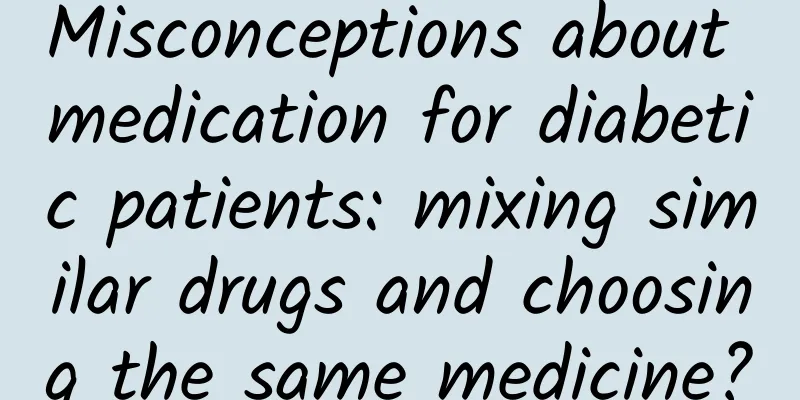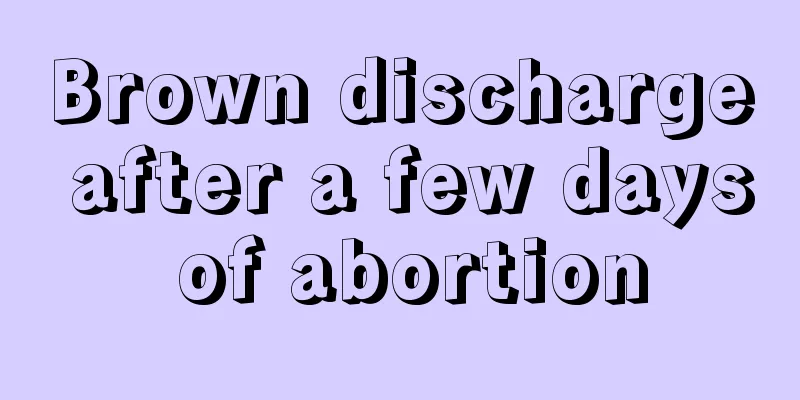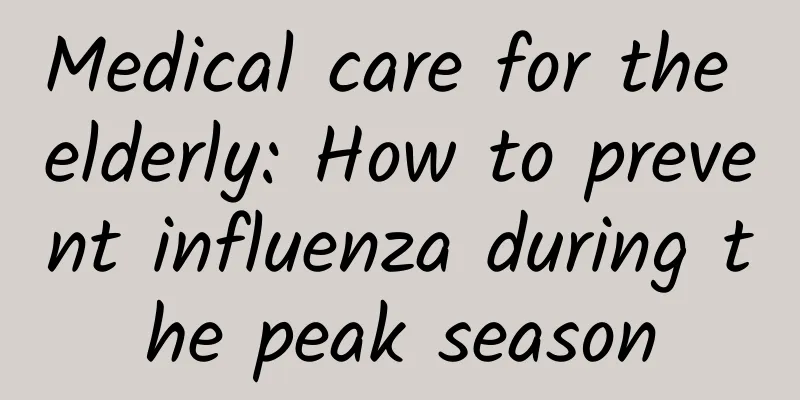Misconceptions about medication for diabetic patients: mixing similar drugs and choosing the same medicine?

|
Diabetes is a metabolic disease. If it is not treated in time and blood sugar control is unstable, it will cause various complications. The rational use of hypoglycemic drugs is very important for the control of diabetes. However, in real life, many patients do not know how to use various hypoglycemic drugs, and even have many misunderstandings about the use of diabetes drugs. This requires patients to have a certain understanding of the drugs before taking them. At present, the most widely used oral hypoglycemic drugs on the market mainly include biguanides, sulfonylureas, non-sulfonylureas, α-glucosidase inhibitors and insulin sensitizers. Representative biguanides are phenformin and metformin, of which metformin is the most widely used and suitable for obese patients. The main principle of this type of drug is to inhibit the absorption of glucose and gluconeogenesis by intestinal wall cells, thereby promoting the decomposition of sugar in surrounding tissues and increasing the sensitivity of target cells to insulin. Sulfonylurea hypoglycemic drugs are insulin secretagogues. This type of drug mainly acts on the sulfonylurea receptors on the pancreatic β cell membrane, promoting β cells to release insulin and thus lower blood sugar. The sulfonylurea drugs currently used in my country are mainly glibenclamide, glimepiride, gliclazide, glipizide and gliclazide. Non-sulfonylurea drugs are also insulin secretagogues, but compared with sulfonylurea drugs, these drugs have the characteristics of rapid absorption, rapid onset and short duration of action. It is precisely because of this characteristic that these drugs are called "mealtime insulin", which means that they can be taken immediately before a meal. The main representative drugs of α-glucosidase inhibitors are acarbose, voglibose and miglitol. The main principle of this type of drug is to slow down the decomposition of polysaccharides such as starch into disaccharides and monosaccharides by competitively inhibiting the activity of α-glucosidase inhibitors that hydrolyze disaccharides in the upper small intestine, delay the absorption of monosaccharides, and reduce the postprandial blood sugar peak. This type of drug is suitable for patients whose main food component is carbohydrates and whose blood sugar rises after meals. Insulin sensitizers can also be summarized as glitazones. This class of drugs mainly acts on fat, muscle, and liver to increase insulin sensitivity, thereby increasing glucose utilization and reducing glucose production. The wide variety of hypoglycemic drugs is one of the reasons why patients often make medication errors. For example, patients are used to mixing similar drugs, choosing the same drugs, and taking drugs at random. However, they do not know that these habits are very problematic. Let's first talk about a problem that most patients make: mixing drugs of the same type. The reason why this is wrong is that the mechanisms of action of drugs of the same type are basically similar, and the combination of drugs of the same type can sometimes lead to severe hypoglycemia. Hypoglycemia can cause many harms to patients, such as general fatigue, dizziness, cold sweats, damage to brain cognitive function, and easy formation of blood clots. In addition, diabetic patients must remember not to use the same medicine. The treatment of diabetes should be based on the specific situation of each person. Not only new and expensive drugs are good drugs, but they must be suitable for their own situation. For example, diabetic patients with kidney disease may suffer from adverse consequences such as lactic acidosis if they use metformin. Another point to note is that the effect of drugs is often a gradual process, so don't rush to change drugs. A more reasonable approach is to gradually adjust the dosage of the drug according to the blood sugar level. If the blood sugar level still does not drop or is not well controlled when the maximum effective dose of the drug is reached, then switch to other drugs or use them in combination with other drugs. The treatment of diabetes is destined to be a difficult process. During this process, patients must learn to use medications rationally and avoid indiscriminate use of medications, which will not only fail to improve the condition, but may easily backfire. References: |
>>: Large-scale "encounter" with Omicron - Focus on the six major focuses of the Tianjin epidemic
Recommend
What happens if you take a shower during menstruation?
You can take a bath during menstruation, but of c...
Smoking and hypertension: How primary care physicians can effectively manage patients
Hypertension is a chronic disease that puts const...
Can girls lose weight by drinking tea?
When it comes to green tea leaves, the first thin...
How long does it take to expel the gestational sac after medical abortion?
Medical abortion is a way to terminate pregnancy....
Treatment for blocked breast
People will feel very uncomfortable when the brea...
Where does the Fire Crystal Persimmon come from? When does the Fire Crystal Persimmon mature?
Fire crystal persimmons are a specialty of Shaanx...
How big is the pelvis for a normal birth?
When people give birth, they may experience other...
What causes weight gain before period?
Many women often find that their weight increases...
What causes uterine fibroids in women
Uterine fibroids are a common disease among women...
What color is good for cabinet doors? What are the tips for choosing artificial stone cabinet countertops?
Although the space for the cabinet is not large, ...
When is the best time to start calcium supplementation during pregnancy?
If pregnant women want their babies to develop be...
What are the symptoms of scab removal after Lip Knife surgery?
In medicine, Lip Knife is a method used to treat ...
Preparation for pregnancy in older women
Women usually choose to get pregnant when they ar...
Is it normal to have abdominal pain before menstruation?
Many women will have some symptoms before menstru...









